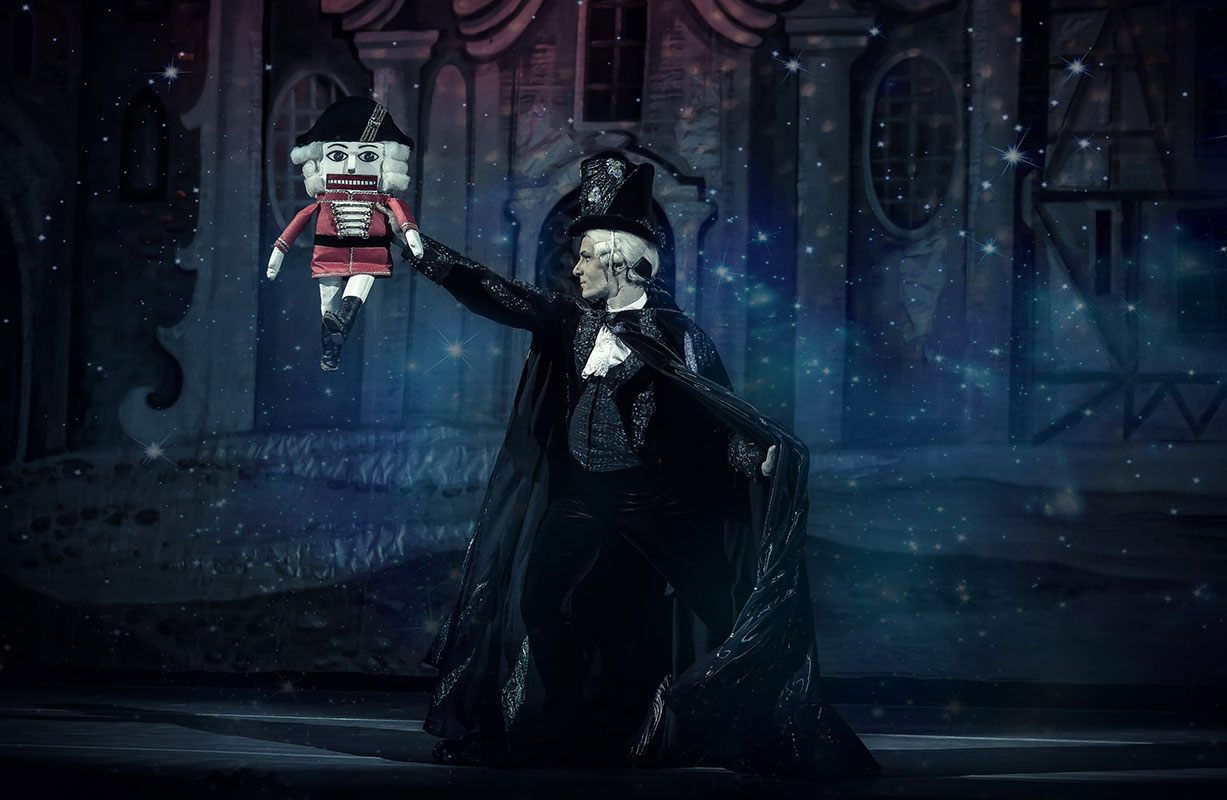
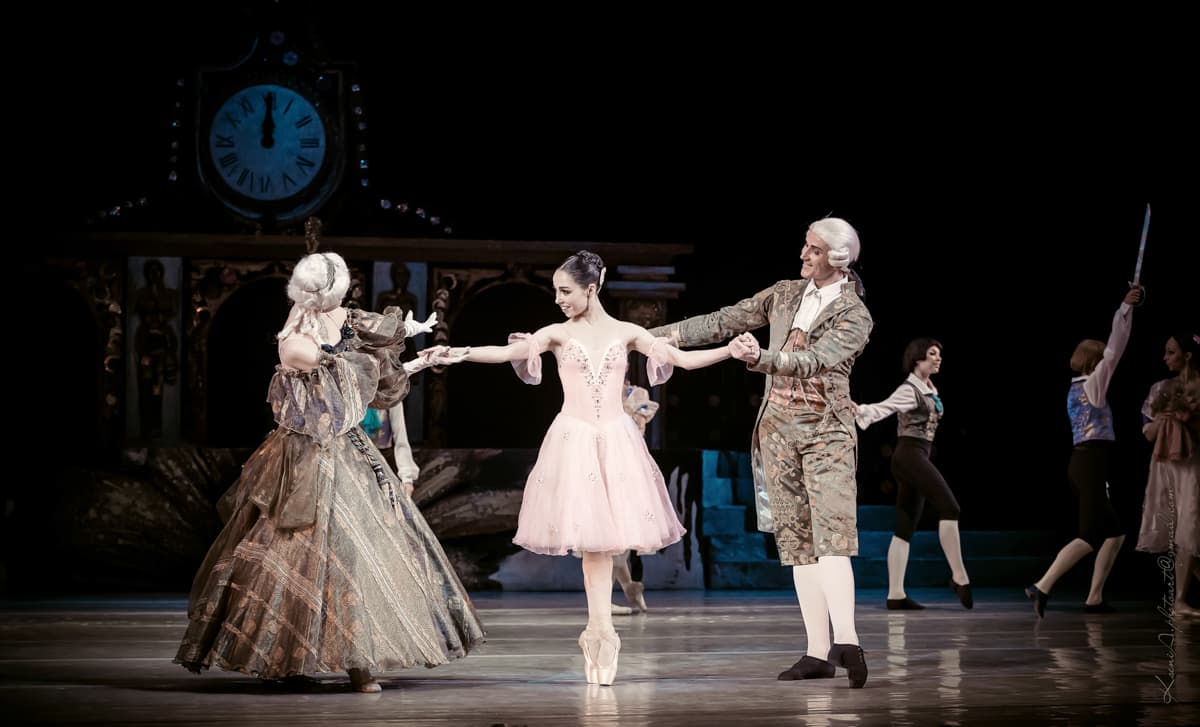
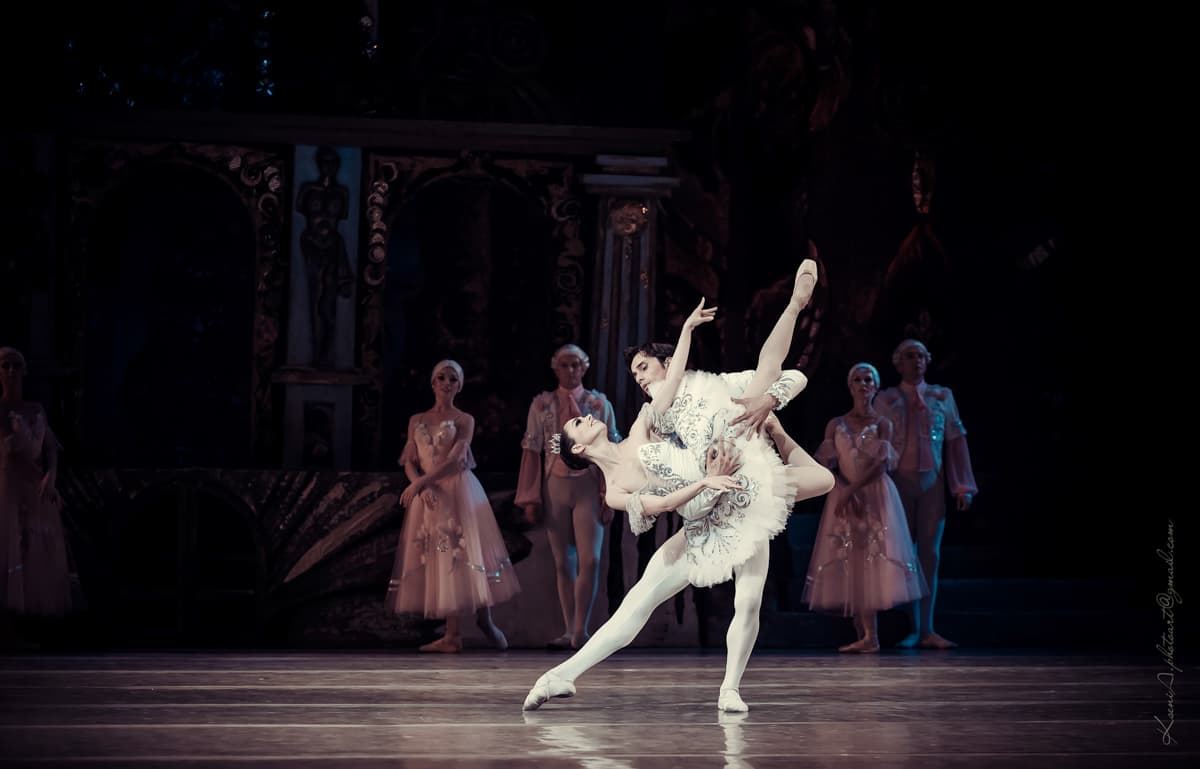
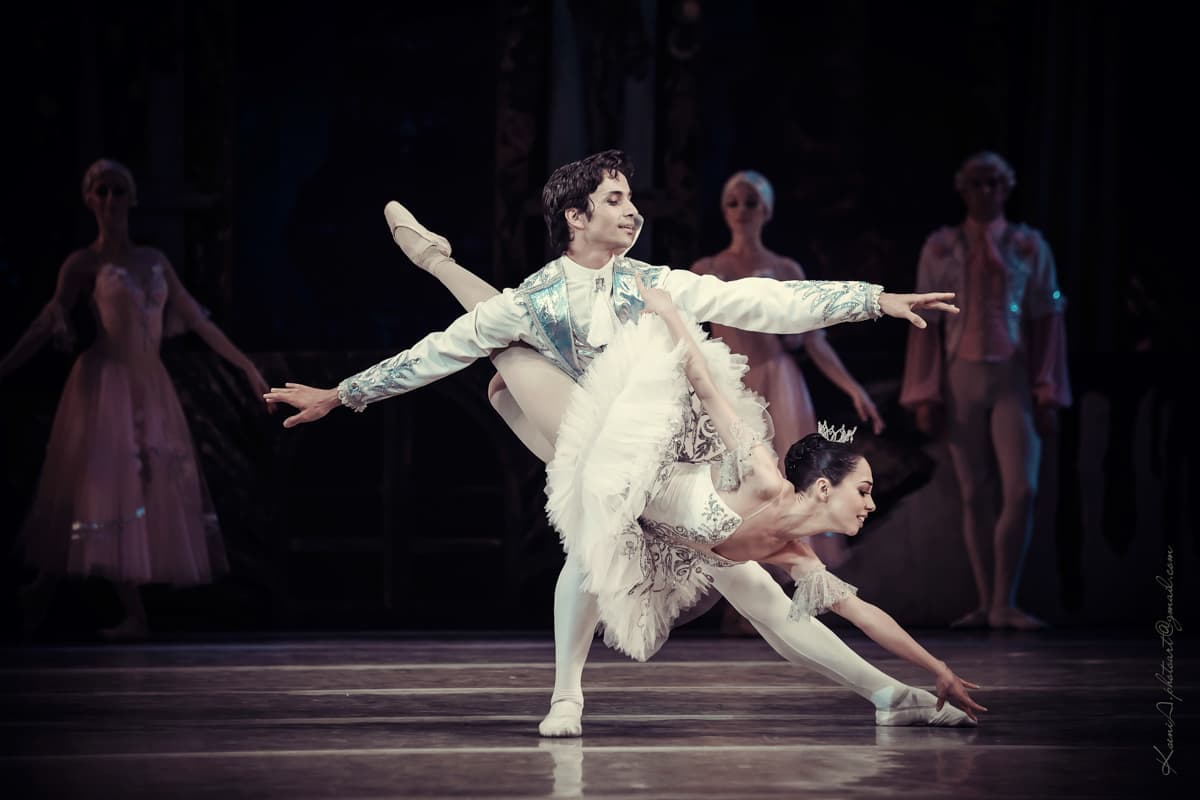
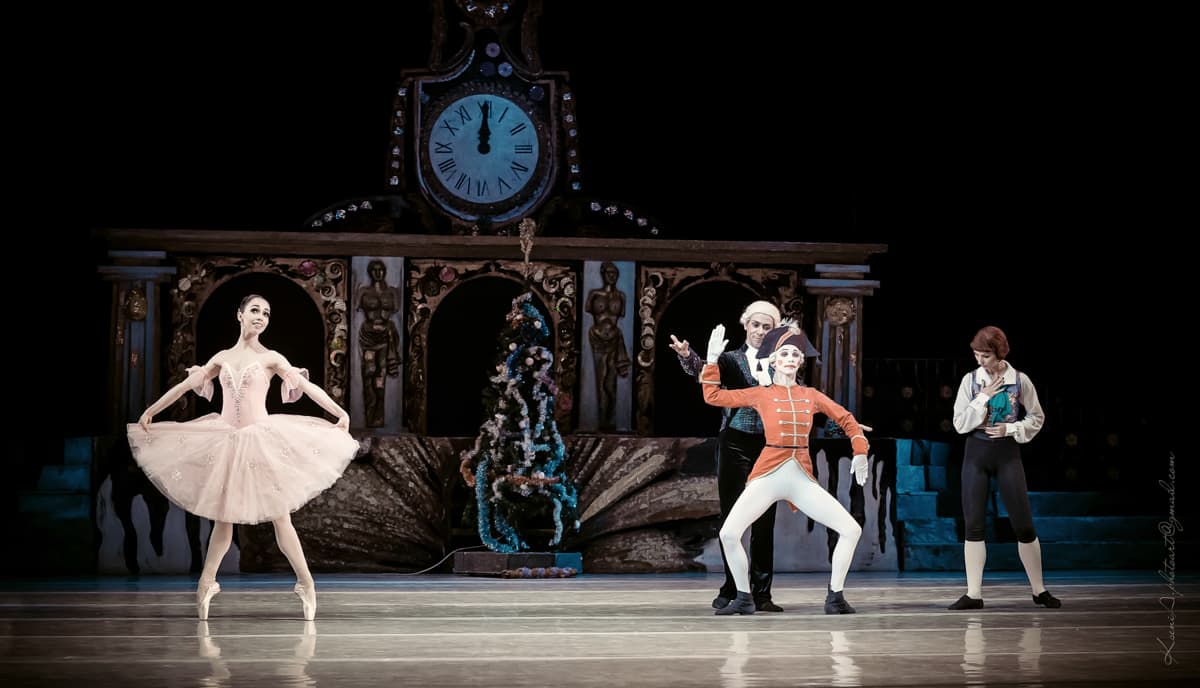
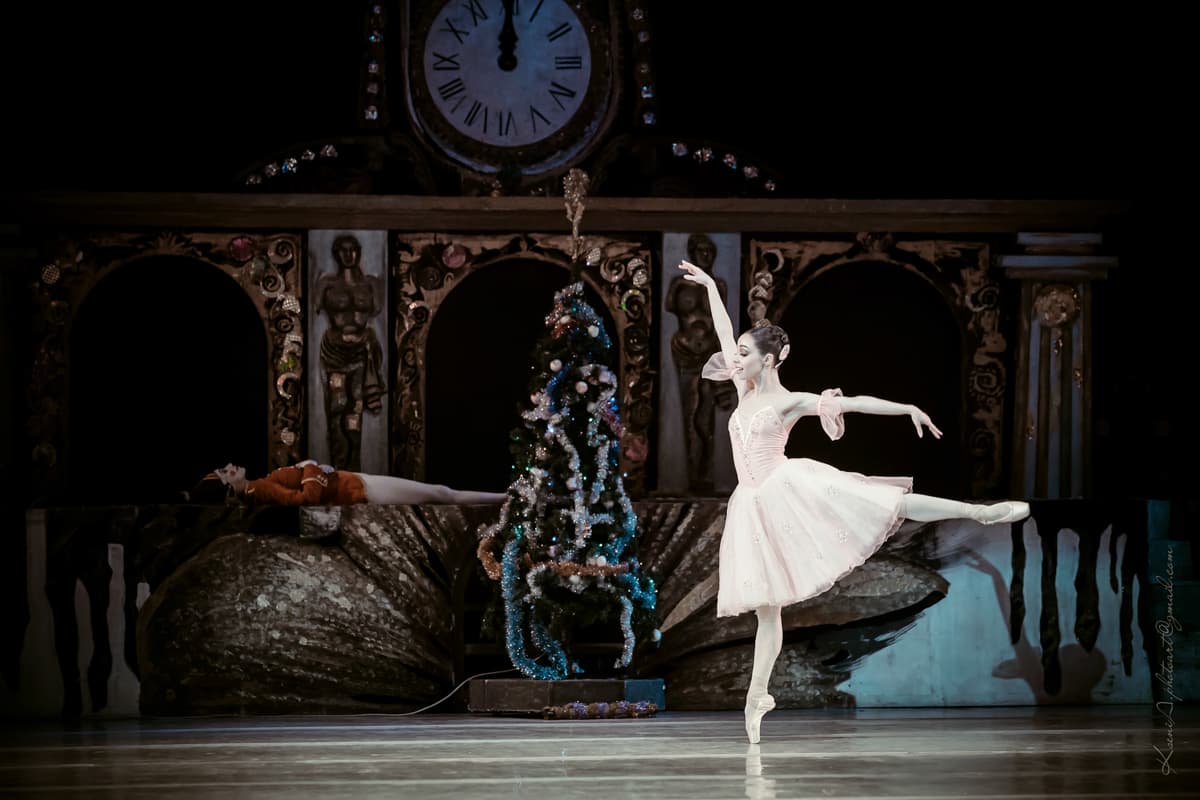
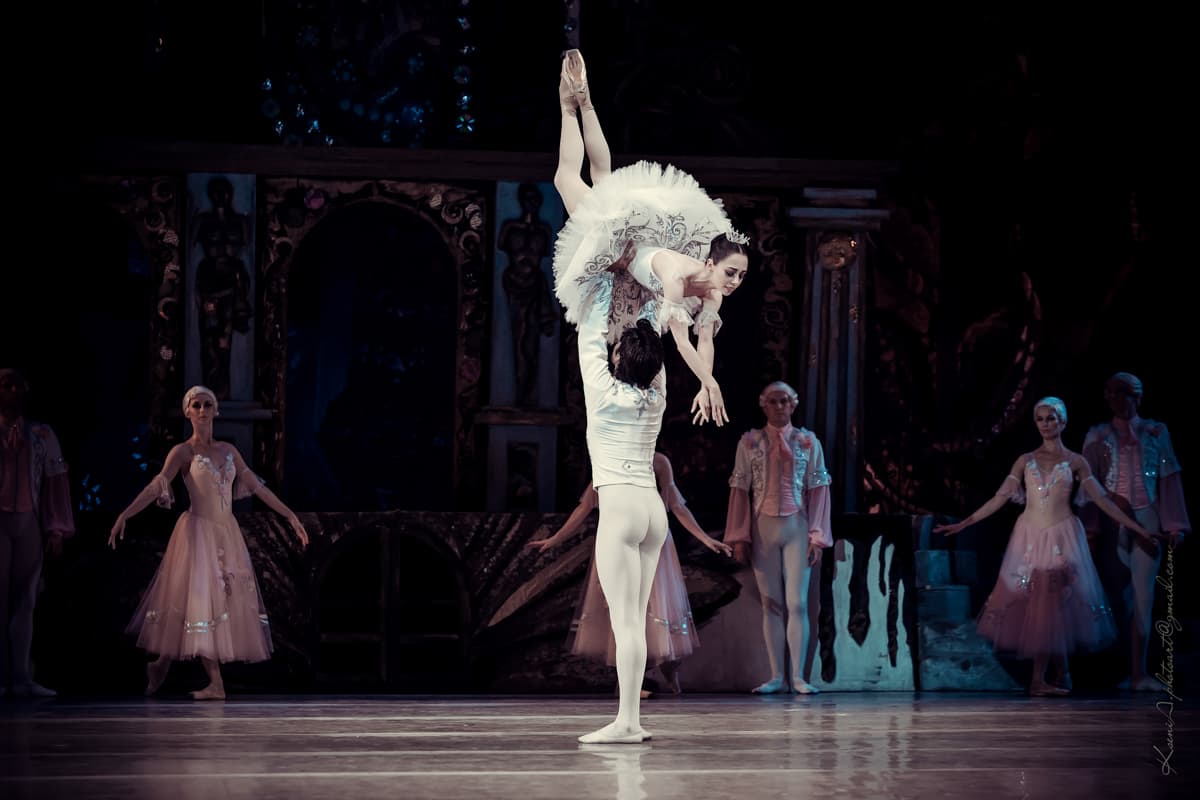
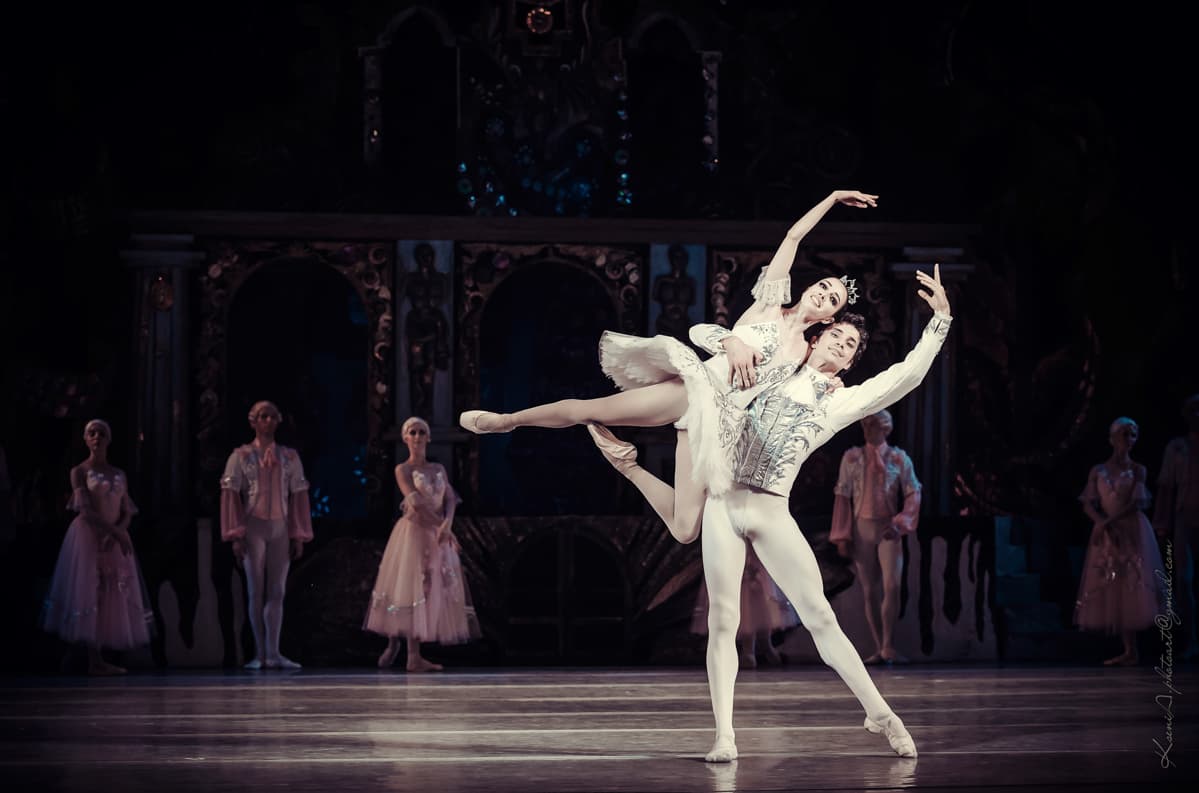
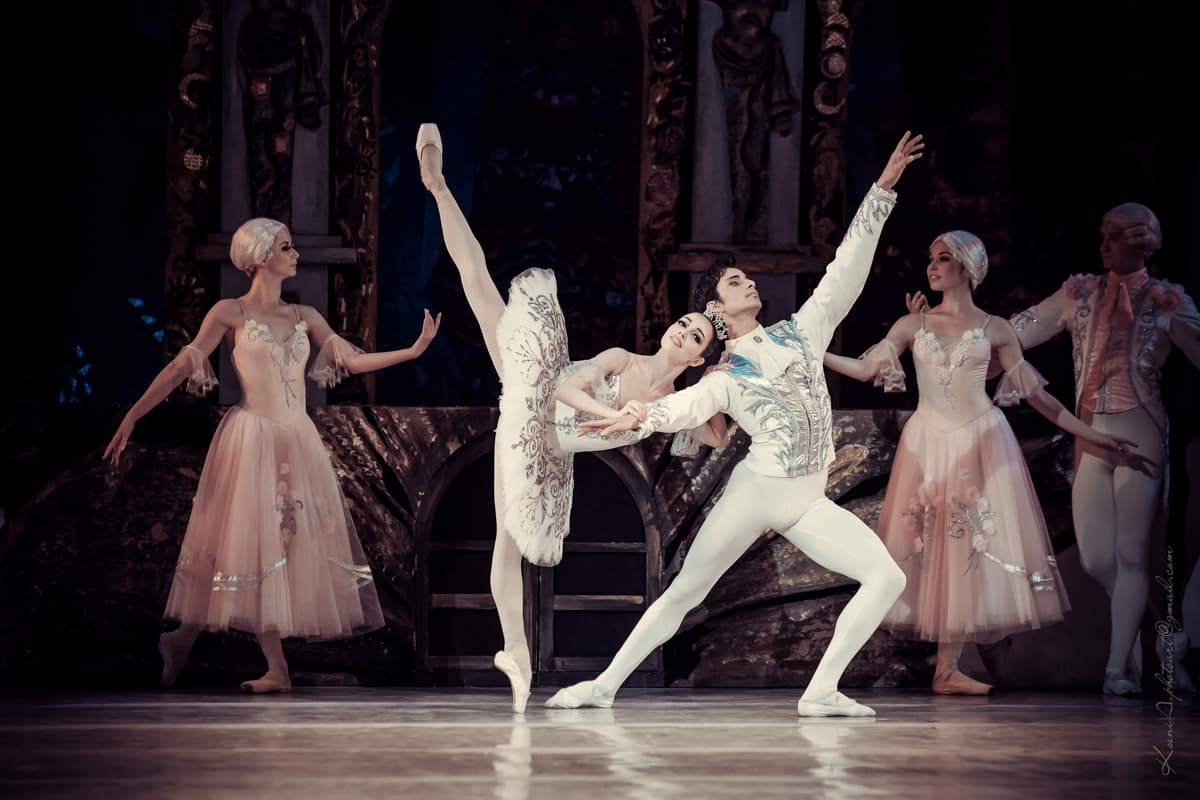
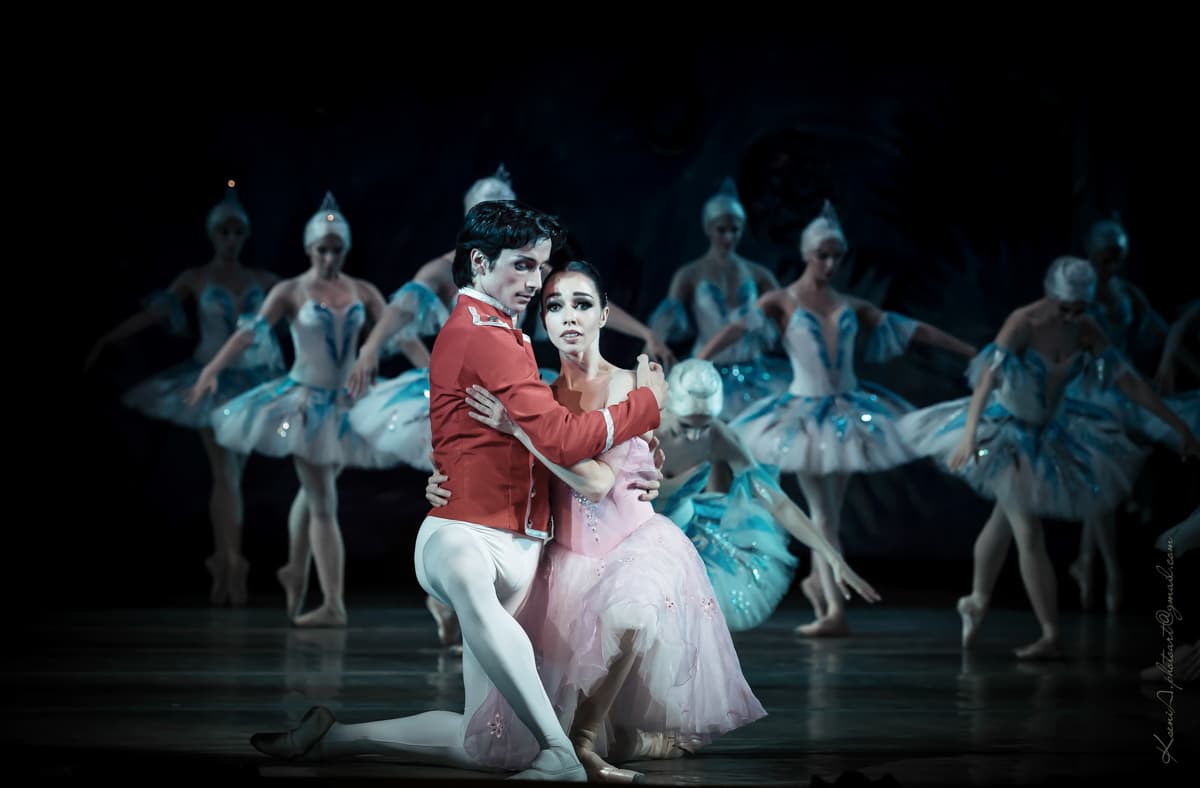
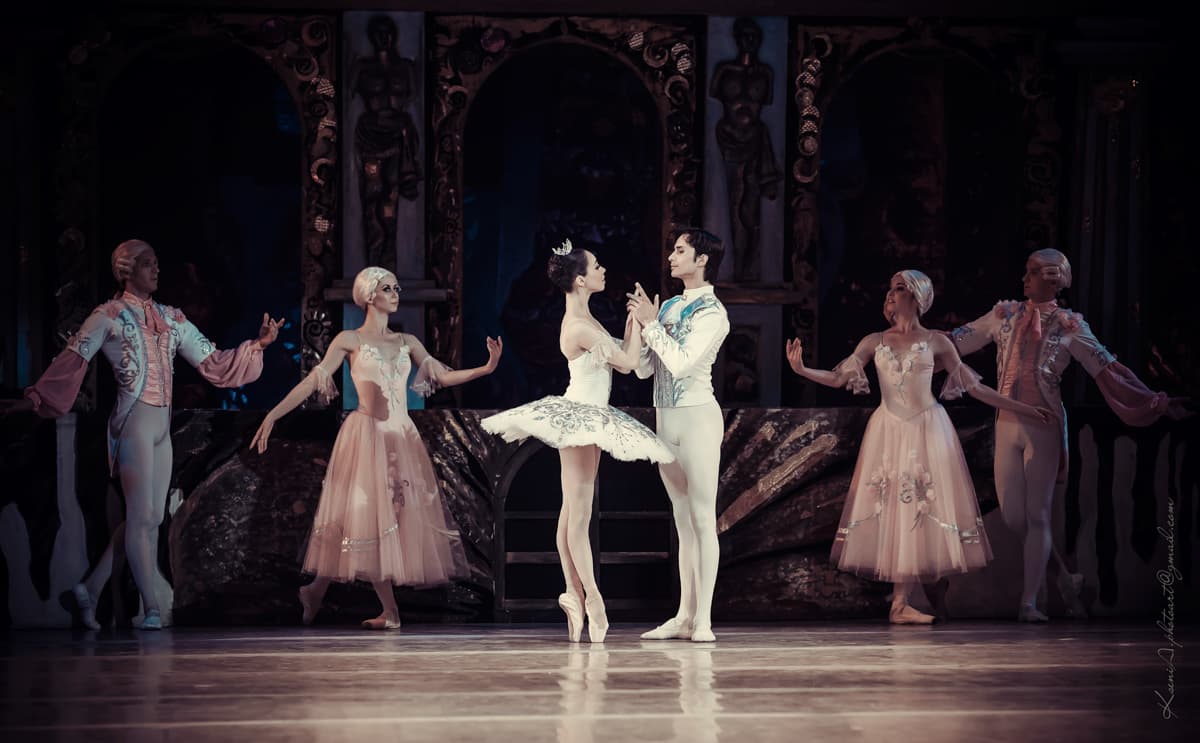
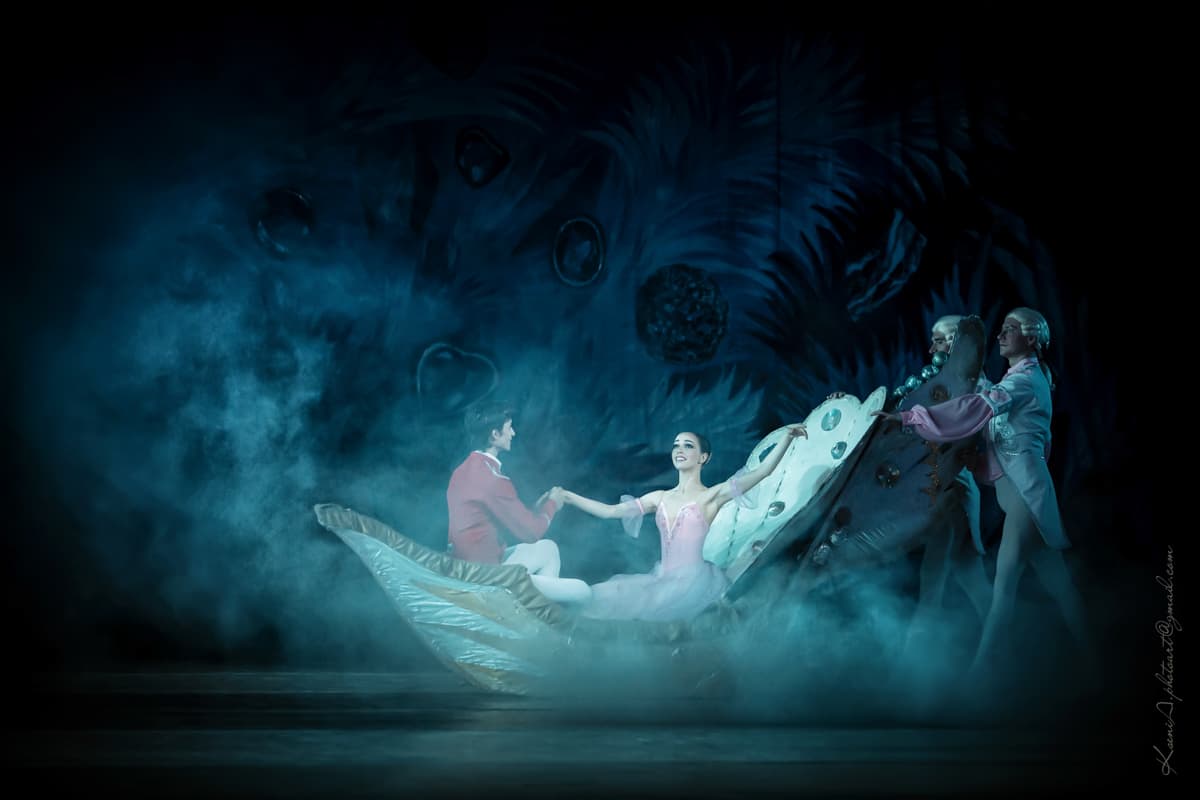
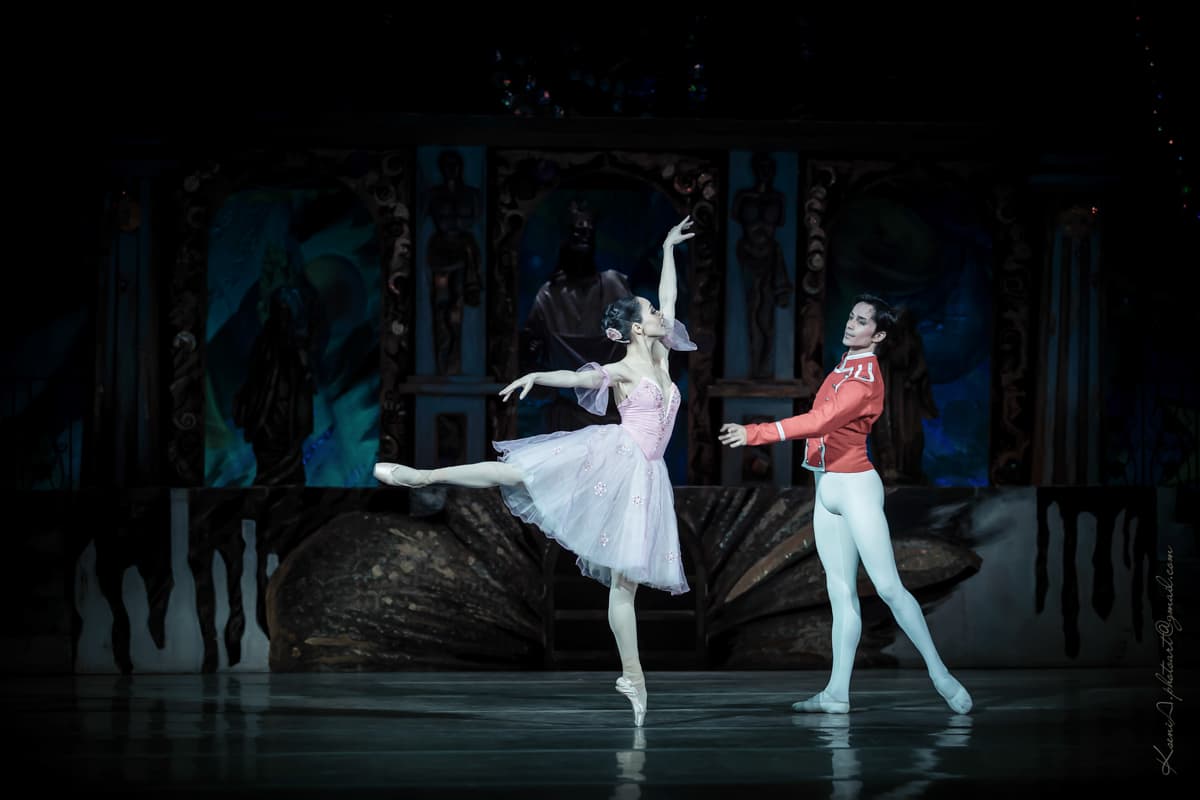
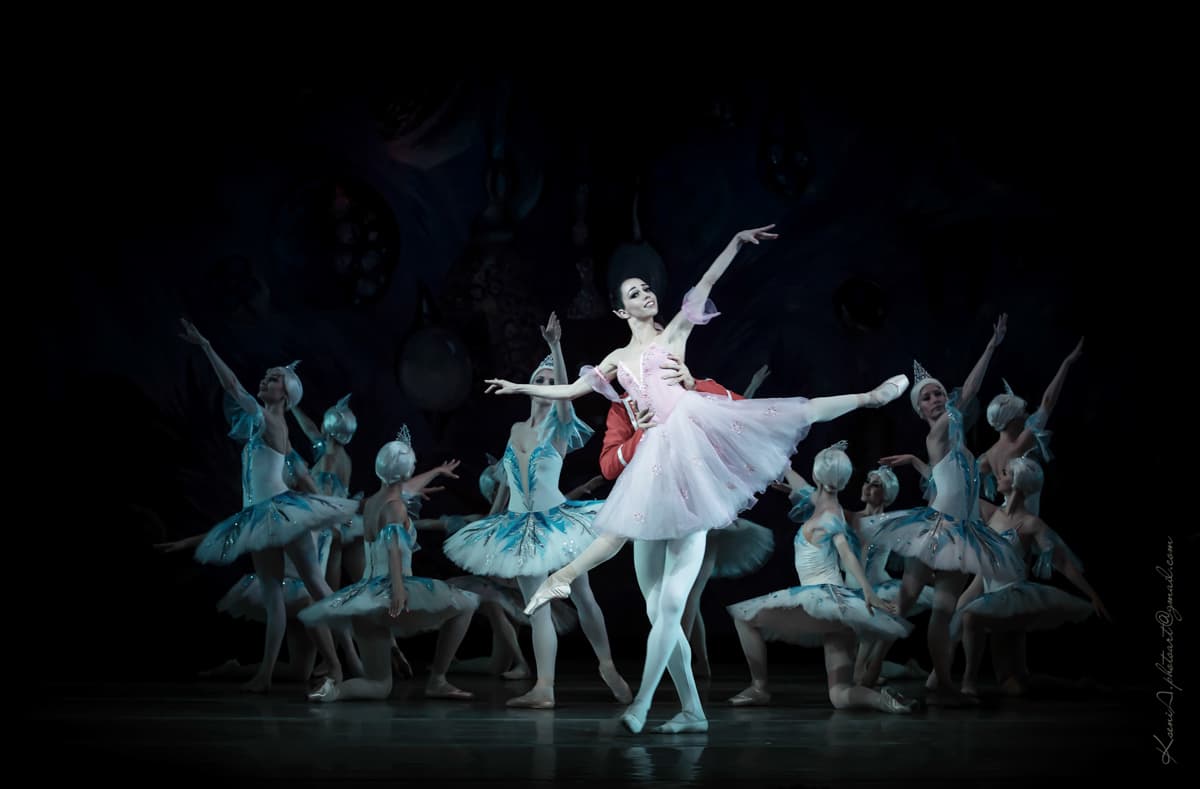
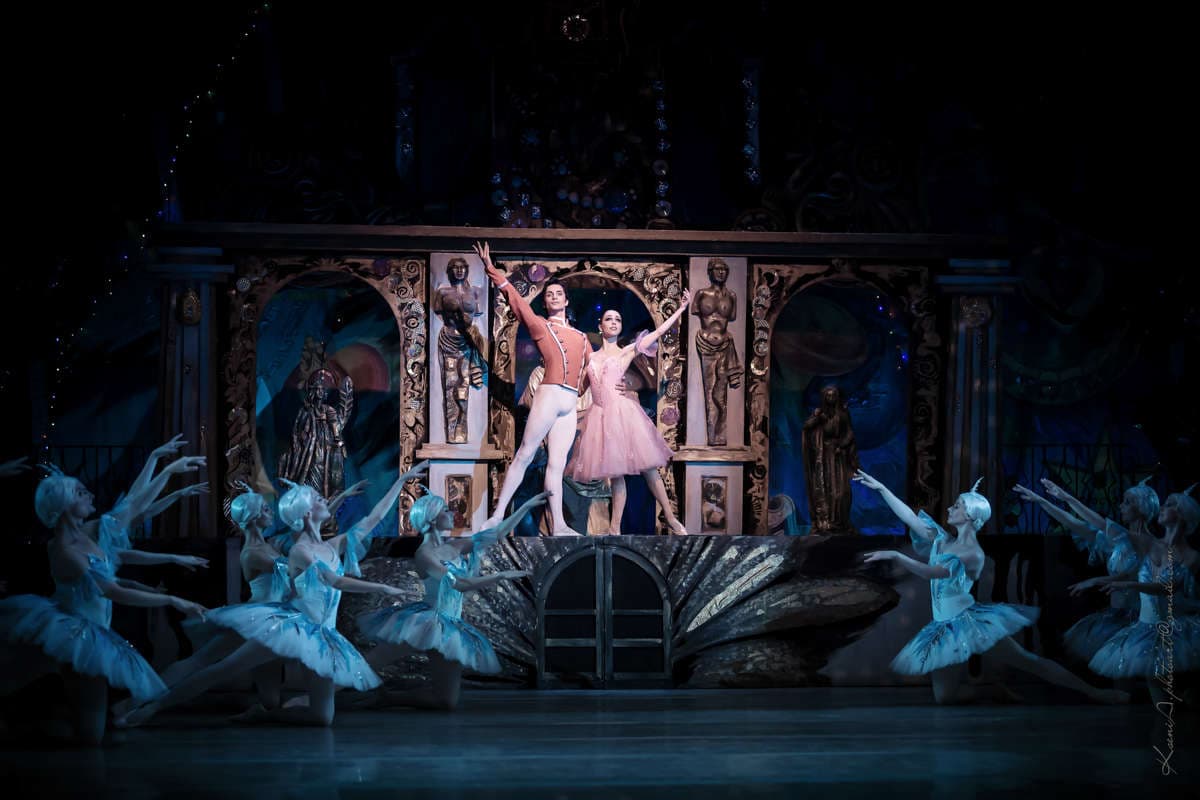
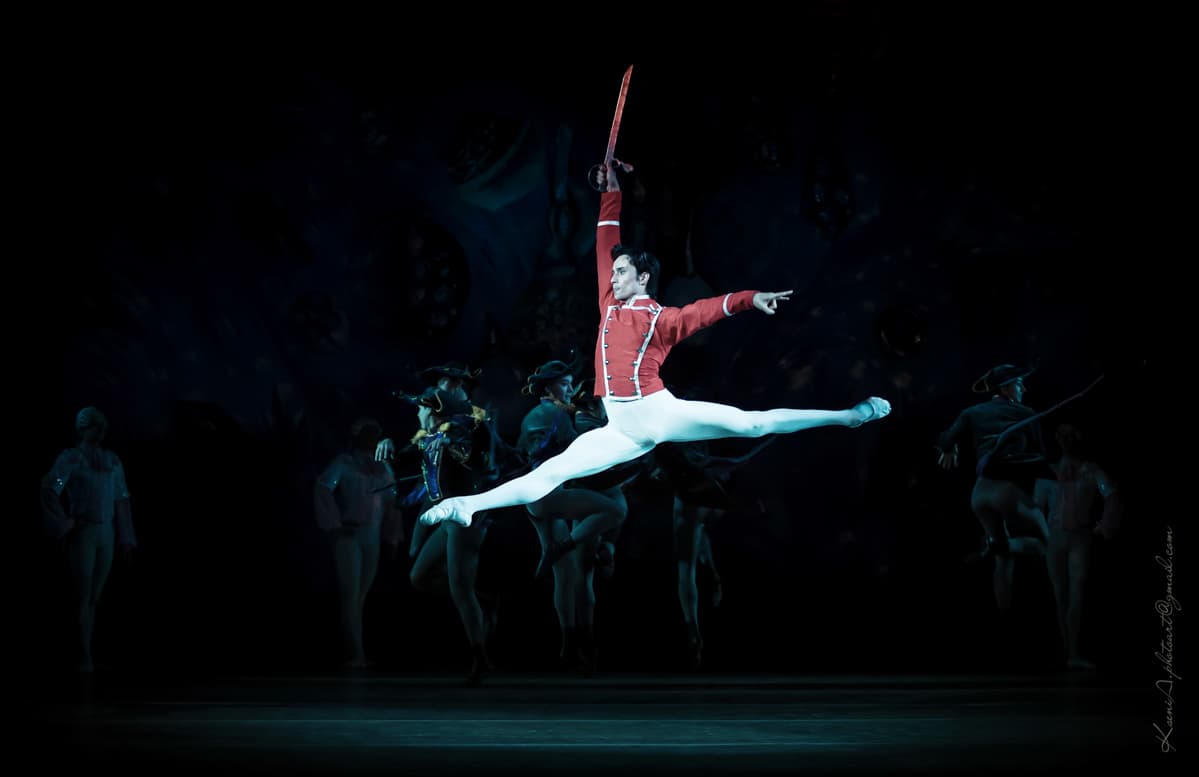
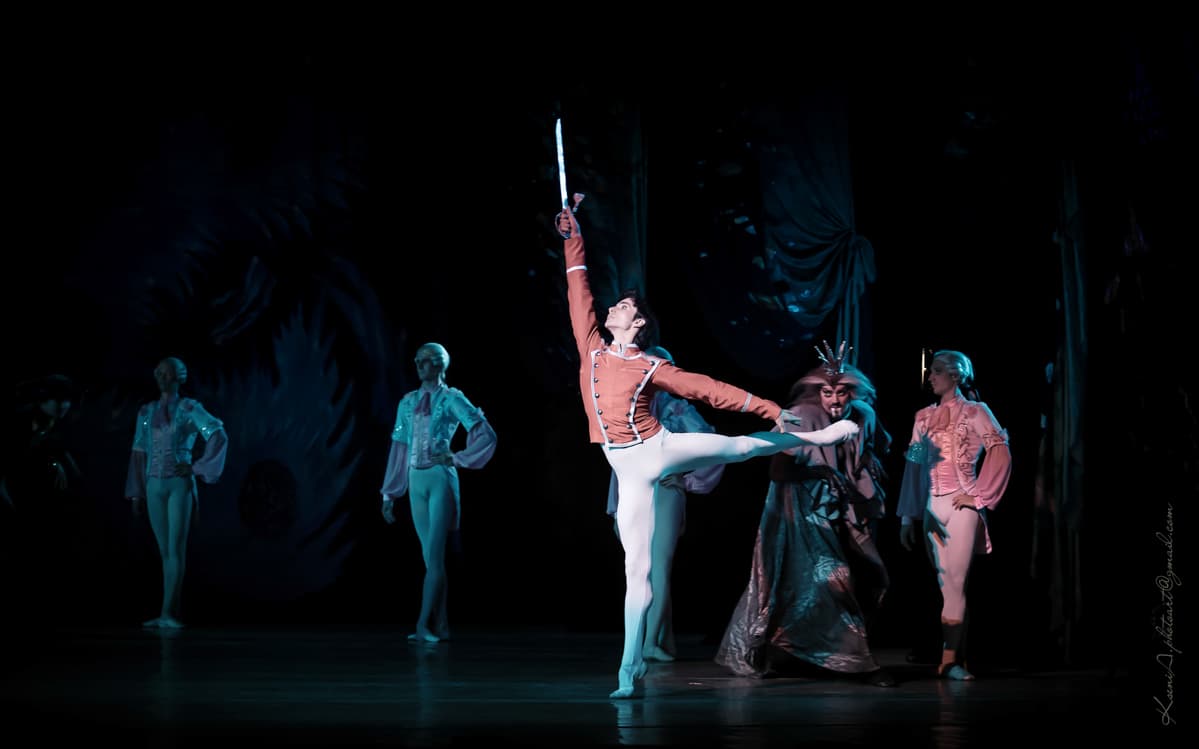
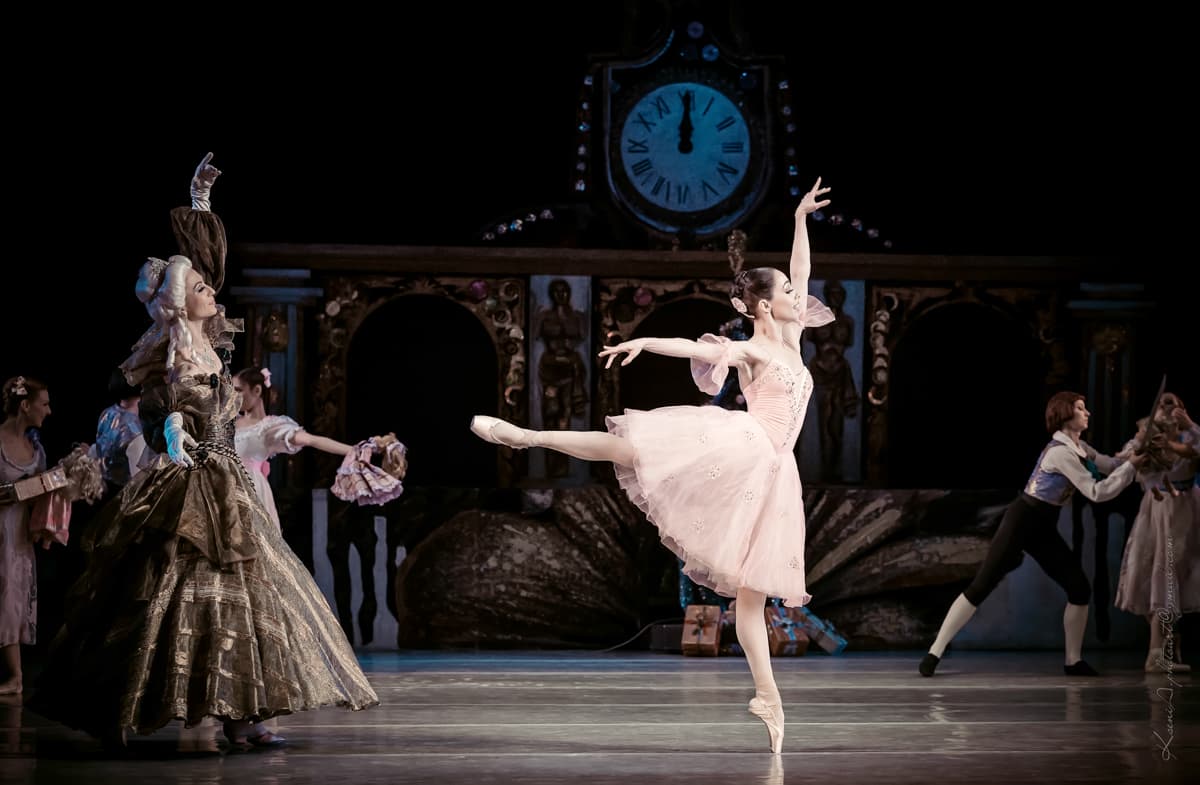
Upcoming Events
| Poster | Venue | Date | Time | Country | Details | Tickets |
|---|---|---|---|---|---|---|
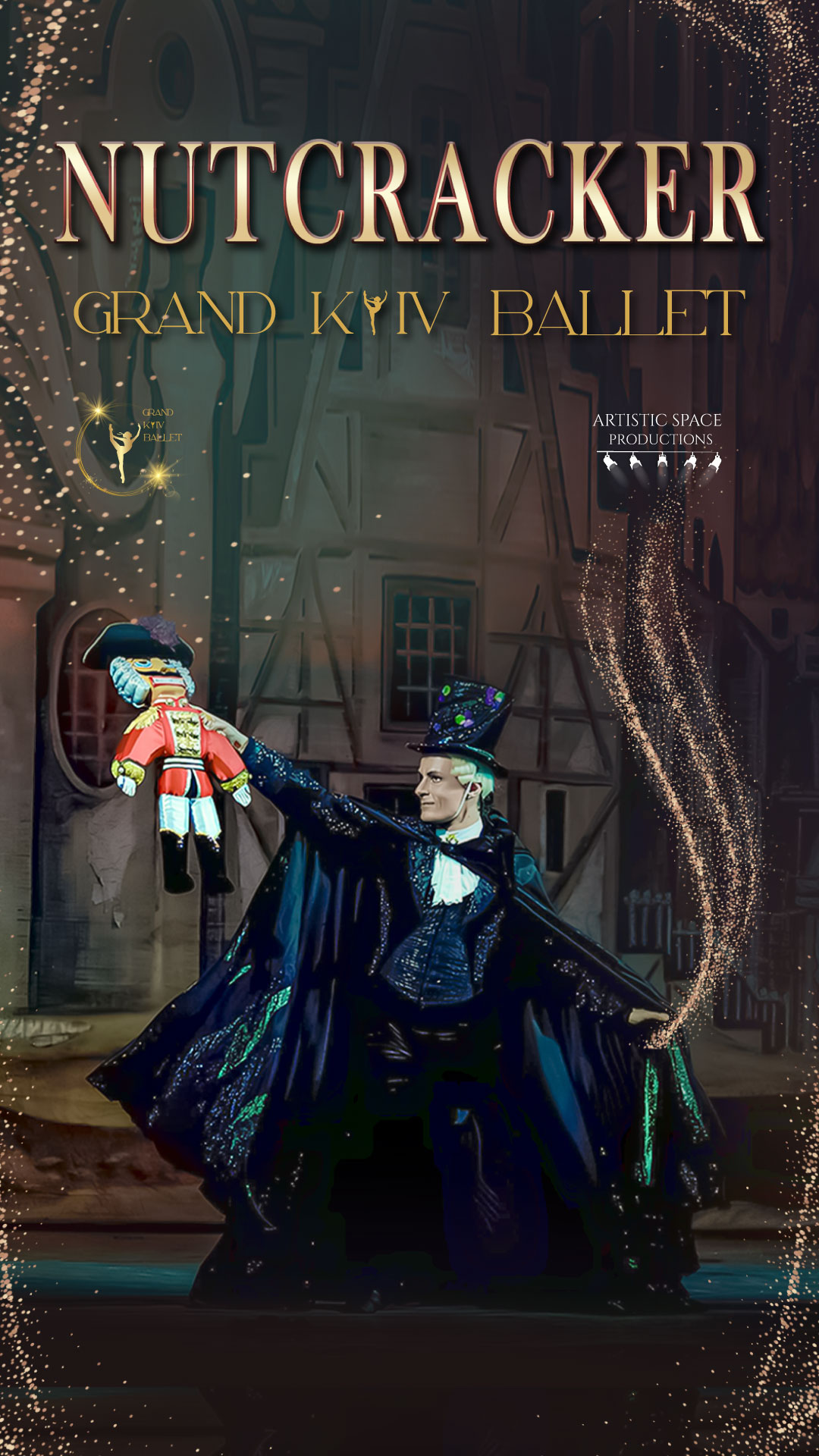 |
Pickens County Performing Arts Center | November 8, 2025 | 19:00 |
|
Details | |
 |
Bradshaw Performing Arts Center | November 9, 2025 | 19:00 |
|
Details | |
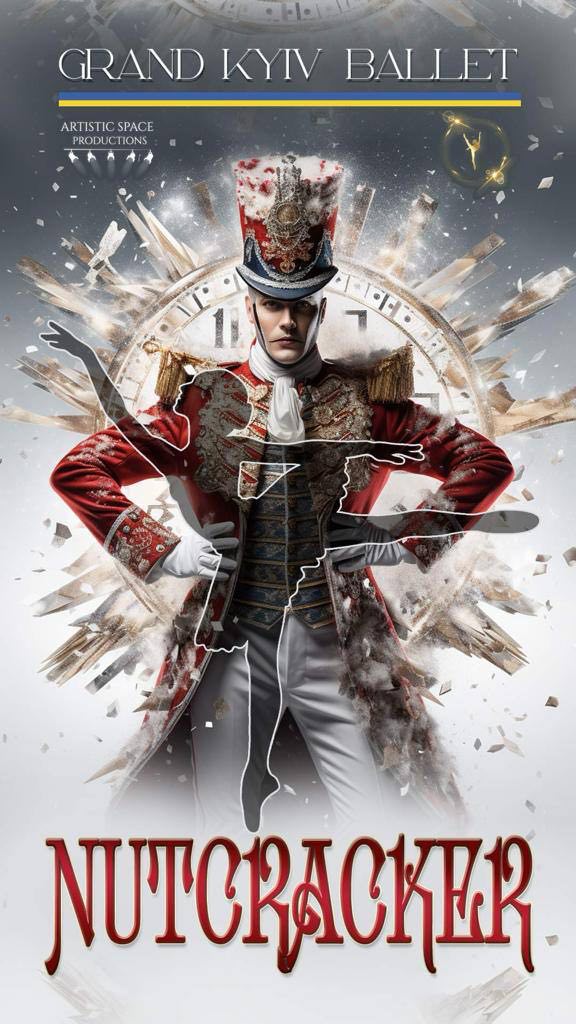 |
Sokndal kino | November 13, 2025 | 18:00 |
|
Details | |
 |
Notodden Teater | November 14, 2025 | 18:00 |
|
Details | |
 |
Sandnes Kulturhus | November 16, 2025 | 19:00 |
|
Details | |
 |
Sandnes Kulturhus | November 17, 2025 | 17:00 |
|
Details | |
 |
The Whitefish Performing Arts Center (Atkinson Hall) | November 18, 2025 | 19:00 |
|
Details | |
 |
Nampa Civic Center | November 20, 2025 | 19:00 |
|
Details | |
 |
Varen Randaberg kulturscene | November 21, 2025 | 18:00 |
|
Details | |
 |
Arts Center at Iowa Western - Frank Fauble Theater | November 22, 2025 | 19:00 |
|
Details | |
 |
Kulturhuset Sjöängen | November 28, 2025 | 19:00 |
|
Details | |
 |
Broadway Theater | November 29, 2025 | 19:00 |
|
Details | |
 |
Kalmarsalen Konferens och Evenemang AB | November 29, 2025 | 18:00 |
|
Details | |
 |
Konserthusteatern Karlskrona | November 30, 2025 | 18:00 |
|
Details | |
 |
Phillip England Center for the Performing Arts Foundation, Inc. | December 3, 2025 | 19:00 |
|
Details | |
 |
Rose & Alfred Miniaci Performing Arts Center | December 6, 2025 | 19:00 |
|
Details | |
 |
Sierra 2 Center | December 10, 2025 | 19:00 |
|
Details | |
 |
Chandler Center for the Arts | December 12, 2025 | 19:00 |
|
Details | |
 |
Oceana Theater | December 14, 2025 | 17:00 |
|
Details | |
 |
Kirkland Performance Center | December 16, 2025 | 19:00 |
|
Details | |
 |
Rosen Performing Arts Center | December 16, 2025 | 19:00 |
|
Details | |
 |
Kirkland Performance Center | December 17, 2025 | 19:00 |
|
Details | |
 |
Teateret | December 17, 2025 | 19:00 |
|
Details | |
 |
The Theater at Innovation Square | December 18, 2025 | 19:30 |
|
Details | |
 |
Kirkland Performance Center | December 18, 2025 | 19:00 |
|
Details | |
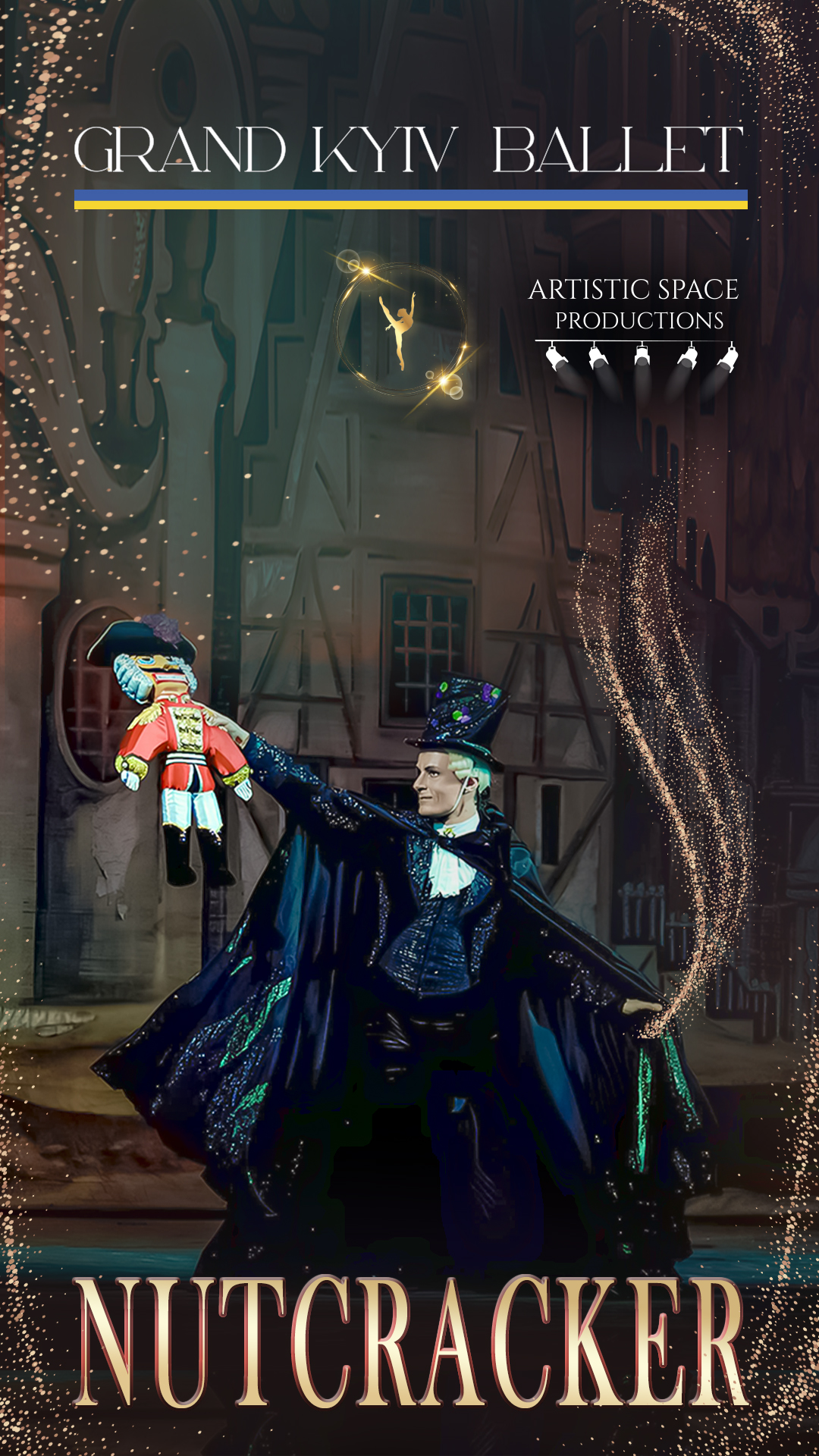 |
Transylvania University, Mitchell Fine Arts Center | December 20, 2025 | 14:00 |
|
Details | |
 |
Byrnes Performing Arts Center | December 22, 2025 | 19:00 |
|
Details | |
 |
The Palace Theatre | December 24, 2025 | 12:00 |
|
Details | |
 |
Palace of Fine Arts Theatre | December 29, 2025 | 19:30 |
|
Details | |
 |
Wilshire Ebell Theatre | December 30, 2025 | 19:00 |
|
Details | |
 |
Sierra 2 Center | December 31, 2025 | 12:00 |
|
Details |
Nutcracker